Suborder Serpentes Subfamily Boodontinae Scientific name Mehelya capensis Higher classification Mehelya Order Scaled reptiles | Subphylum Vertebrata Family Colubridae Genus Mehelya Phylum Chordata Rank Species | |
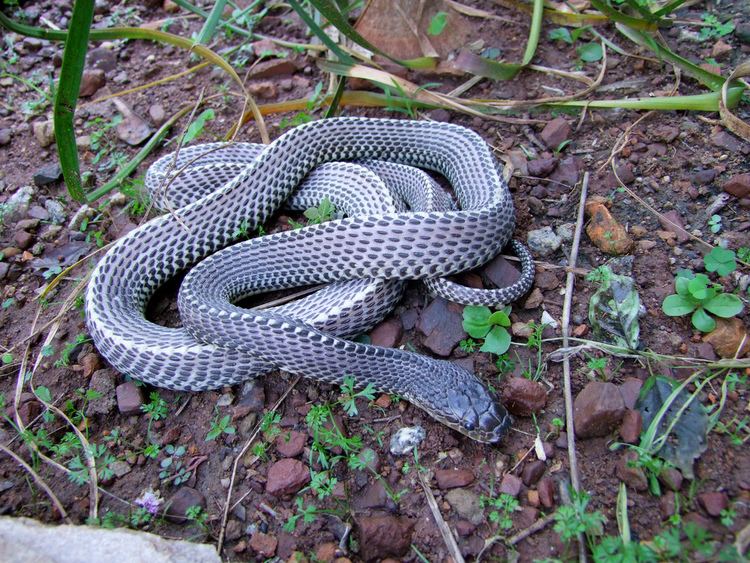 | ||
Similar Mehelya, Snake, Reptile, Gonionotophis, Colubridae | ||
Cape file snake mehelya capensis
Mehelya capensis, commonly known as the Cape file snake, is a species of large, non-venomous snake endemic to Africa, belonging to the family Colubridae. It is one of several species in the genus Mehelya, all of which are considered varieties of file snake. File snakes are set apart by their unusual scale patterns.
Contents
- Cape file snake mehelya capensis
- Geographic range
- Description
- Subspecies
- Habitat
- Diet
- Defense
- Reproduction
- References
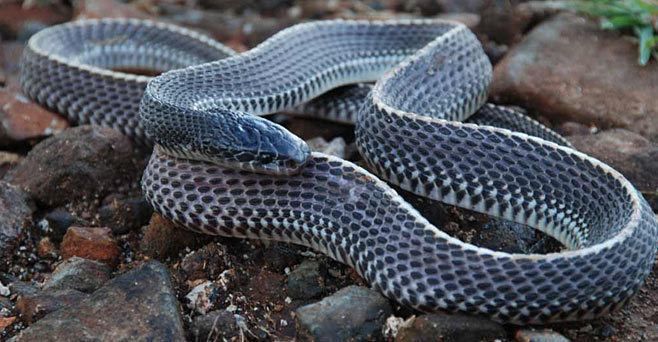
Cape file snake mehelya capensis
Geographic range
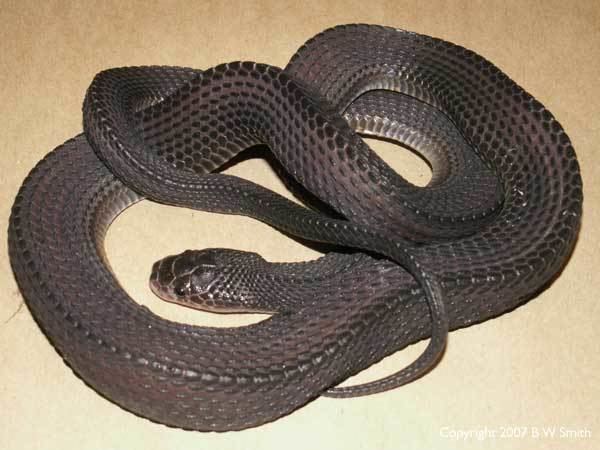
It is found from Natal northwards through the former Transvaal and Zimbabwe, and westwards to the Caprivi Strip and Namibia, thence northwards to Cameroon and Somalia.
Description
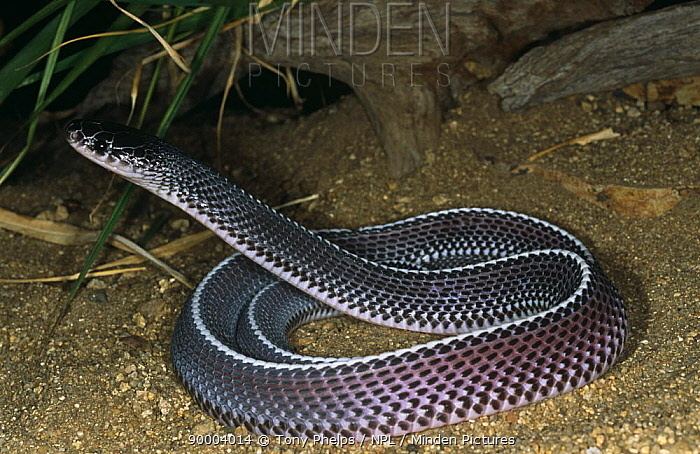
With an average total length (body + tail) of about 120 centimetres (3 ft 11 in), specimens of 165 cm (5 ft 5 in) total length have been recorded. It has a very flat head, and its body is strikingly triangular in cross-section.

The Cape file snake's dorsal scales are strongly keeled with extensive pink-purple bare skin between the scales. Its colour is mostly grey to grey-brown, but occasionally dark olive to purple-brown. The prominent vertebral stripe is white to yellow, while the belly is ivory white to cream.
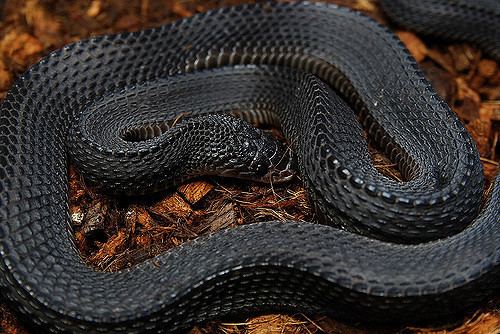
The dorsal scales, in addition to the strong primary keel, have secondary keels and tubercles, but no apical pits. The dorsal scales are arranged in 15 rows at midbody (in 17 rows on the neck). The ventrals number 203-241. The anal plate is undivided. The subcaudals number 45-61, and are divided (in two rows).
Subspecies
Three subspecies are recognized, including the nominotypical subspecies.
Habitat
Mehelya capensis prefers savannahs and coastal forests.
Diet

Though it is not venomous, the Cape file snake is a highly successful predator of other snakes, easily following a scent trail and apparently immune to all venom. It also preys on small vertebrates.
Defense
Rarely attempting to bite when captured, it may defecate in self-defence.
Reproduction
This species is oviparous. In summer, an adult female may lay one or two clutches of eggs. Clutch size varies from 5-13. The eggs are large, 47-55 mm (about 2 inches) long, by 20-31 mm (about 1 inch) wide. The hatchlings are 39-42 cm (about 16 inches) in total length (body + tail).
